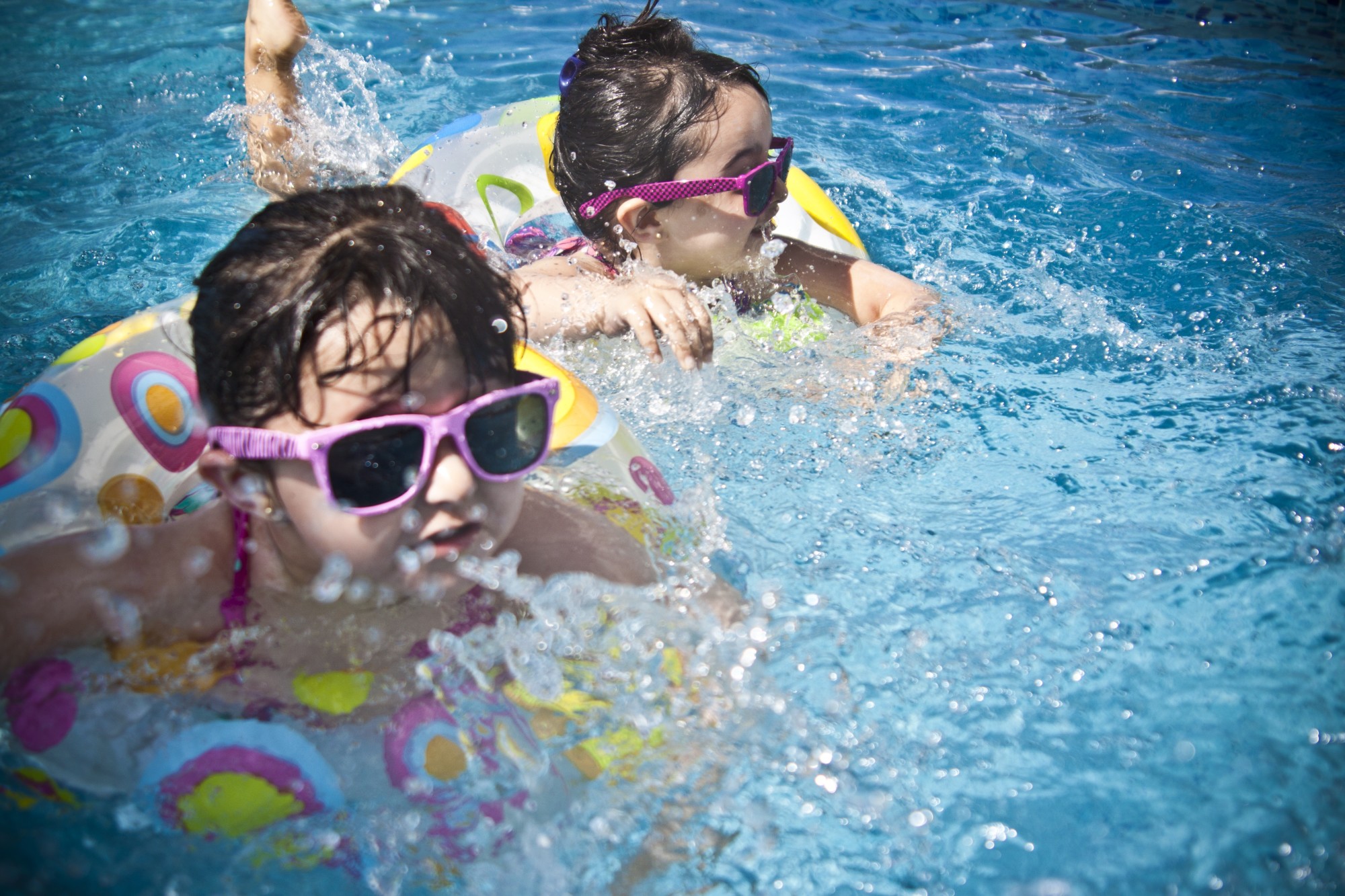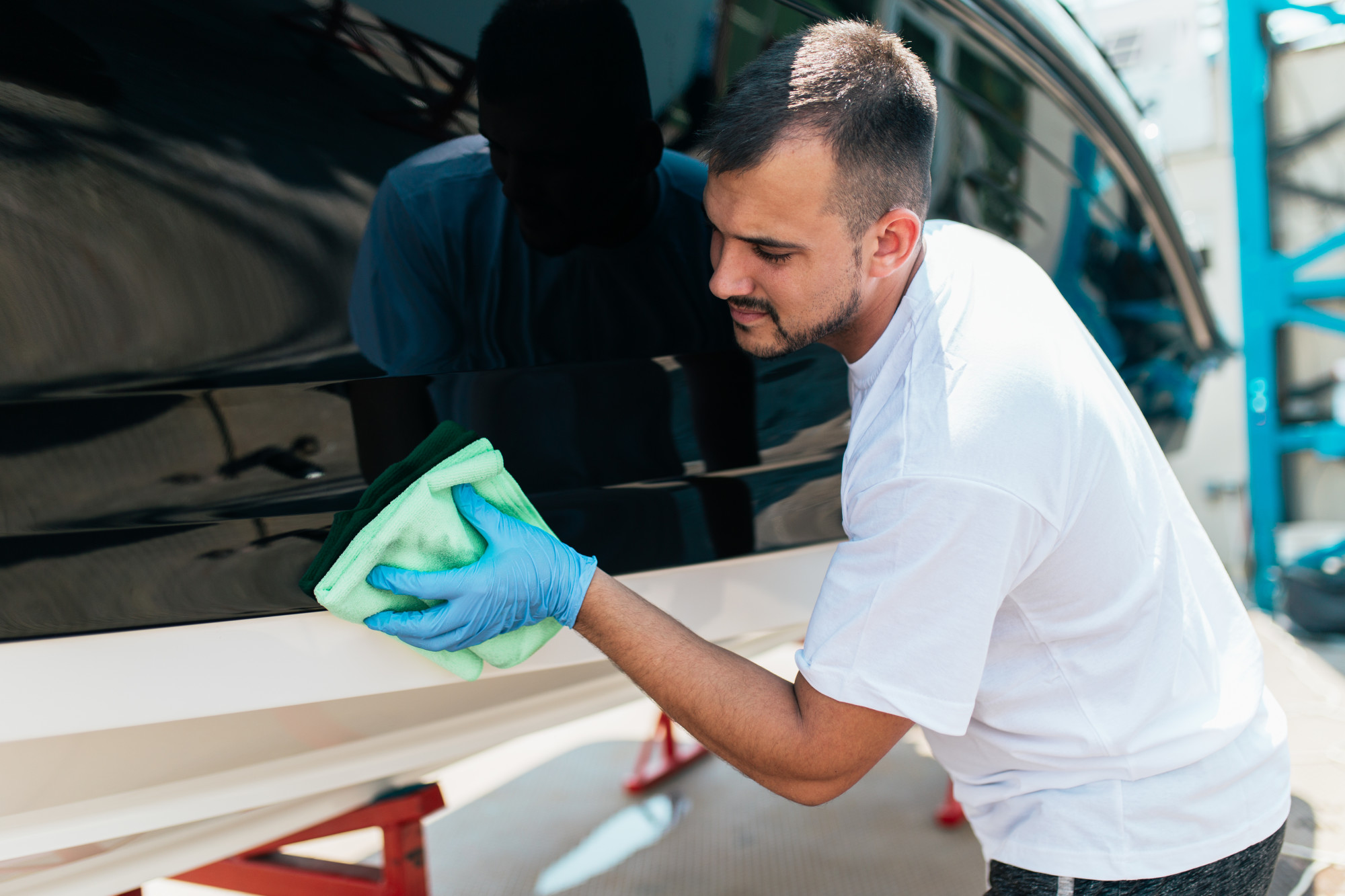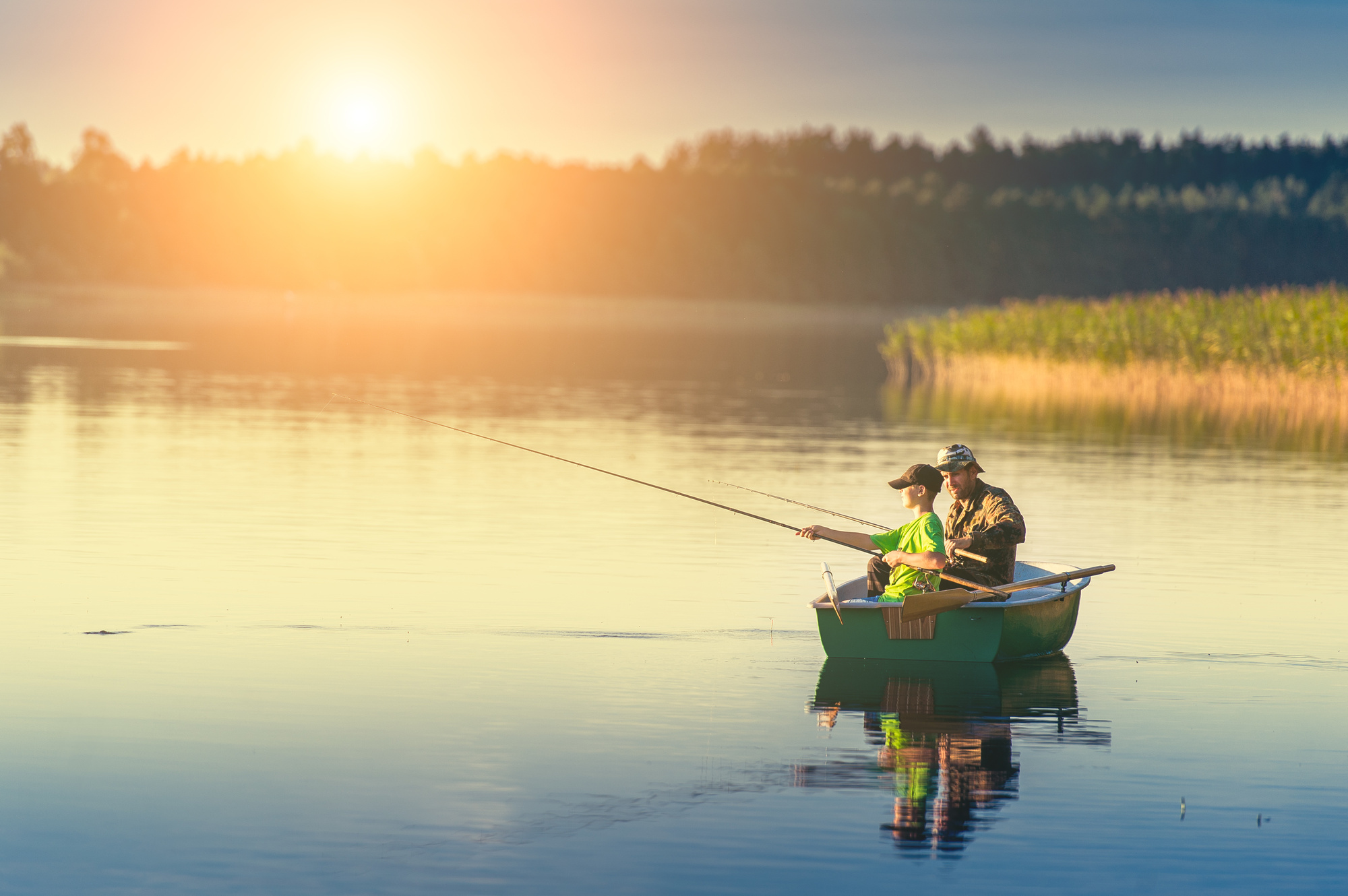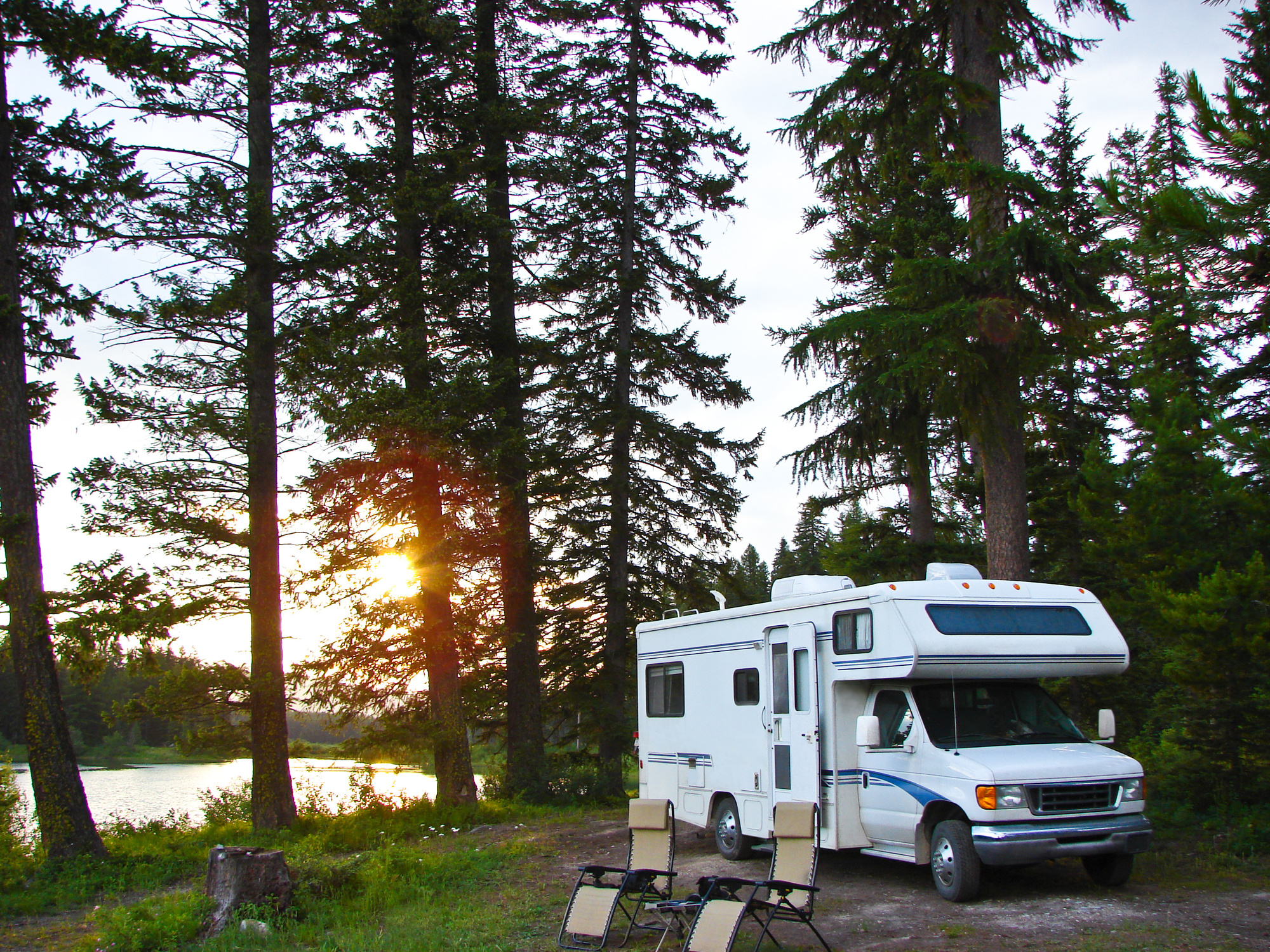7 Swimming Safety Tips You Should Know

Are you planning a vacation? Perhaps you acquired a new pool and need to know about swimming safety.
Some tips for safe swimming include remaining alert and swimming with a partner. By remaining alert, you’ll know when a person blacks out or if they’re drowning. To avoid blacking out, don’t hold your breath while underwater.
If you’re wondering, “Can I eat before swimming?”, the answer is two to four hours before swimming for larger meals and 30 minutes to two hours for smaller meals.
Additionally, there are other swimming safety tips that could save lives.
This article will show you how to stay safe while swimming in greater detail. Read further to know more.
7. Stay Alert at All Times
Ensure you’re not under the influence of drugs or alcohol while swimming. Alert swimming will help you avoid accidents. That said, fatigue is inevitable. You can rotate an official watcher every 15 or 20 minutes to maintain consistent alertness.
This schedule is an immense asset in case someone encounters danger. For instance, you’ll recognize when a person is drowning if:
- The person’s head tilts back with his or her mouth open
- Their mouth is at water level
- They’re gasping for air
- Their eyes are glassy or closed
- They appear to be climbing up an invisible ladder
If you aren’t alert, you may not notice these warning signs. If you see someone drowning, your first instinct may be to dive in and save them.
6. Don’t Jump In to Save Someone
If you try to save someone from drowning, you may drown as well. A drowning victim may panic and hold you tightly, inhibiting your ability to swim. Many rescuers end up drowning as the victim survives.
For instance, the victim could push the rescuer below the surface by mistake. Moreover, it can be hard for the rescuer to help the victim to shore, especially if the victim is an adult.
Even if you’re a professional swimmer, you should avoid rescuing a person when they’re drowning. Instead, throw the person a life preserver.
5. Learn CPR
A person who was drowning may need resuscitation. You can use CPR on kids, adults, and babies. Since children tend to slip and fall in pools, CPR will be a vital asset that can save their lives. A person may also hit their head while falling.
Adults may also suffer from cardiac arrest or any other medical condition. CPR is crucial because it can prevent brain death and preserve the function of vital organs. It’s a temporary measure until medical professionals arrive.
You can take lessons at a local CPR class. If you’ve already taken CPR previously, you can refresh your memory online.
4. Swim In Designated Areas
Ask a lifeguard if you don’t know the location of a designated swimming area. Designated areas are always monitored by lifeguards. In particular, kids should never swim outside of the designated zones.
Unofficial zones may harbor riptides. A riptide is a narrow channel of water that extends offshore in the form of wave lines.
Riptides are dangerous because:
- They can throw weak swimmers off balance, preventing them from reaching the shore.
- They are so strong that they cause strong swimmers to drift out into the sea.
Riptides can travel over six miles an hour, which is strong enough to force swimmers further into danger zones.
3. Swim with Someone
Swimming with a partner will help you contend with unforeseen dangers. Someone can help you if you’re in danger and vice versa. For instance, you may experience a shallow water blackout while swimming. Shallow water black can occur when not enough oxygen gets to the brain.
Further, never leave children unattended near beaches or the pool. If your swimming partner is inexperienced, have them wear a life-guard approved life jacket, and the same rule applies to children.
2. Wear Sunblock
Sunblock protects your skin from harmful UV rays. It greatly reduces the likelihood of sunburn and skin cancer. Skin cancer is the most common type of cancer in the United States. Even if the sun isn’t out, you should still apply sunscreen. UV rays can still penetrate through the clouds.
Additionally, sunscreen will help you maintain an even skin stone. Besides skin cancer, sun damage can cause the following skin problems:
- Sagging
- Wrinkles
- Leathery skin
Don’t be afraid to use as much sunscreen as you can on your skin. Apply the lotion on all exposed areas of the skin, including your face and ears. For the best results, you should allow the sunscreen to sink in for at least thirty minutes before going into the sun.
1. Don’t Swim Near Pool Drains
Staying away near pool drains is important because your clothing may get caught in them. In some cases, limbs may get caught in the drains, especially if the drain is broken.
Inspect the drainage area to see if it’s broken or has a missing cap. If so, alert the nearest lifeguard. Above all, teach kids to stay away from drainage areas.
Swimming Safety 101
Swimming safety involves swimming with a partner, remaining alert, swimming near designated areas, avoiding drainage areas, and wearing sunblock.
You should also learn CPR in case someone struggles in the water, or if they suffered a medical emergency. There are many swimming hazards in the form of riptides and shallow water blackouts.
Additionally, avoid the temptation to rescue someone if they’re drowning. Instead, throw them a life preserver and call for help.
Interested in reading more? Read more on our blog to learn about other interesting topics.



